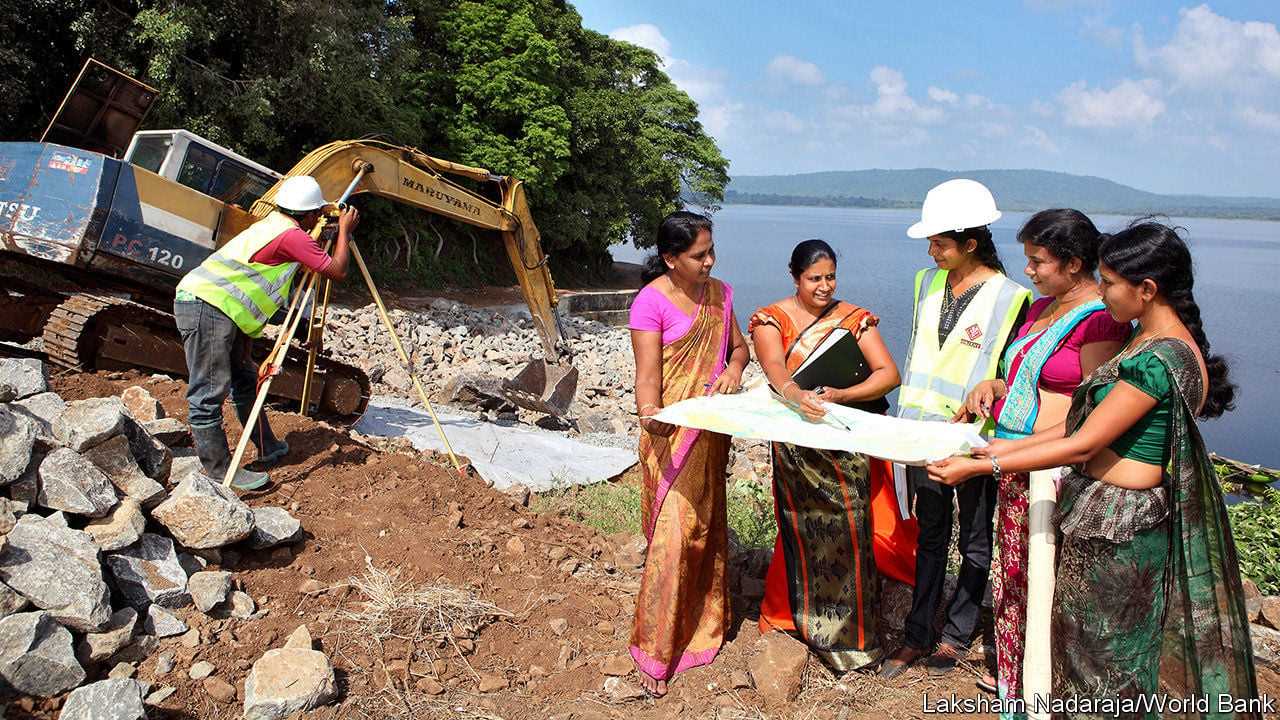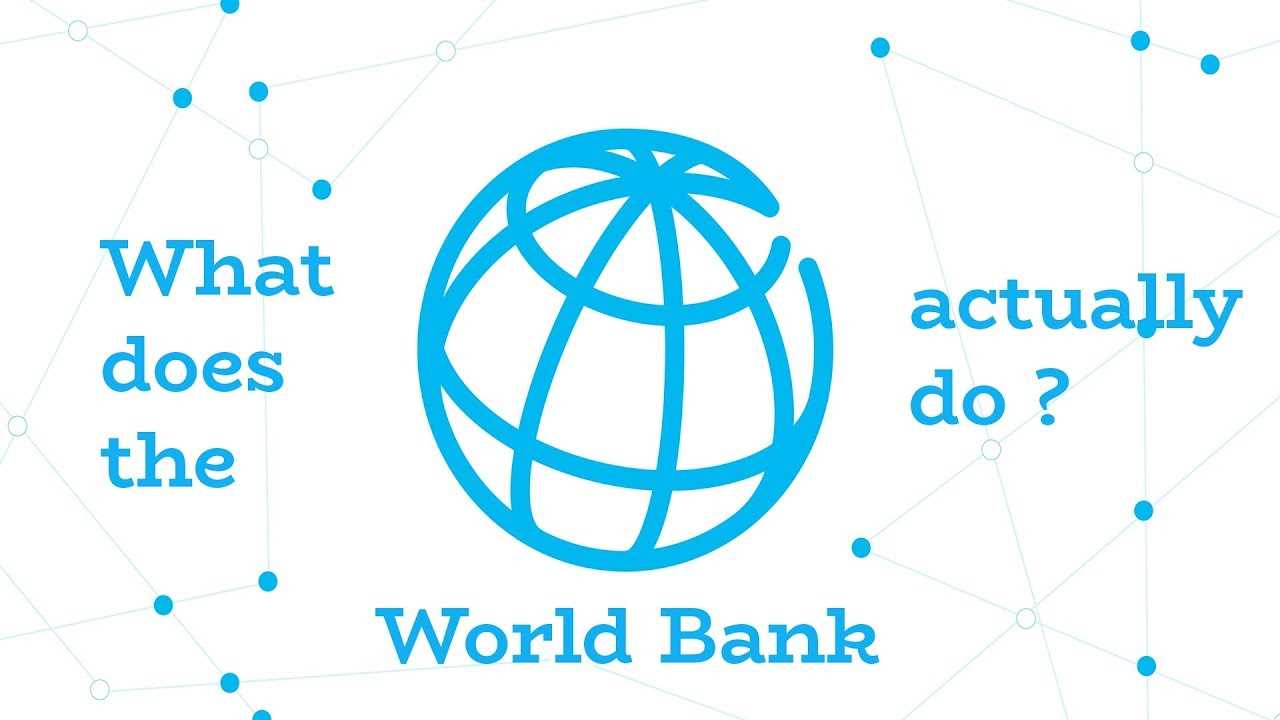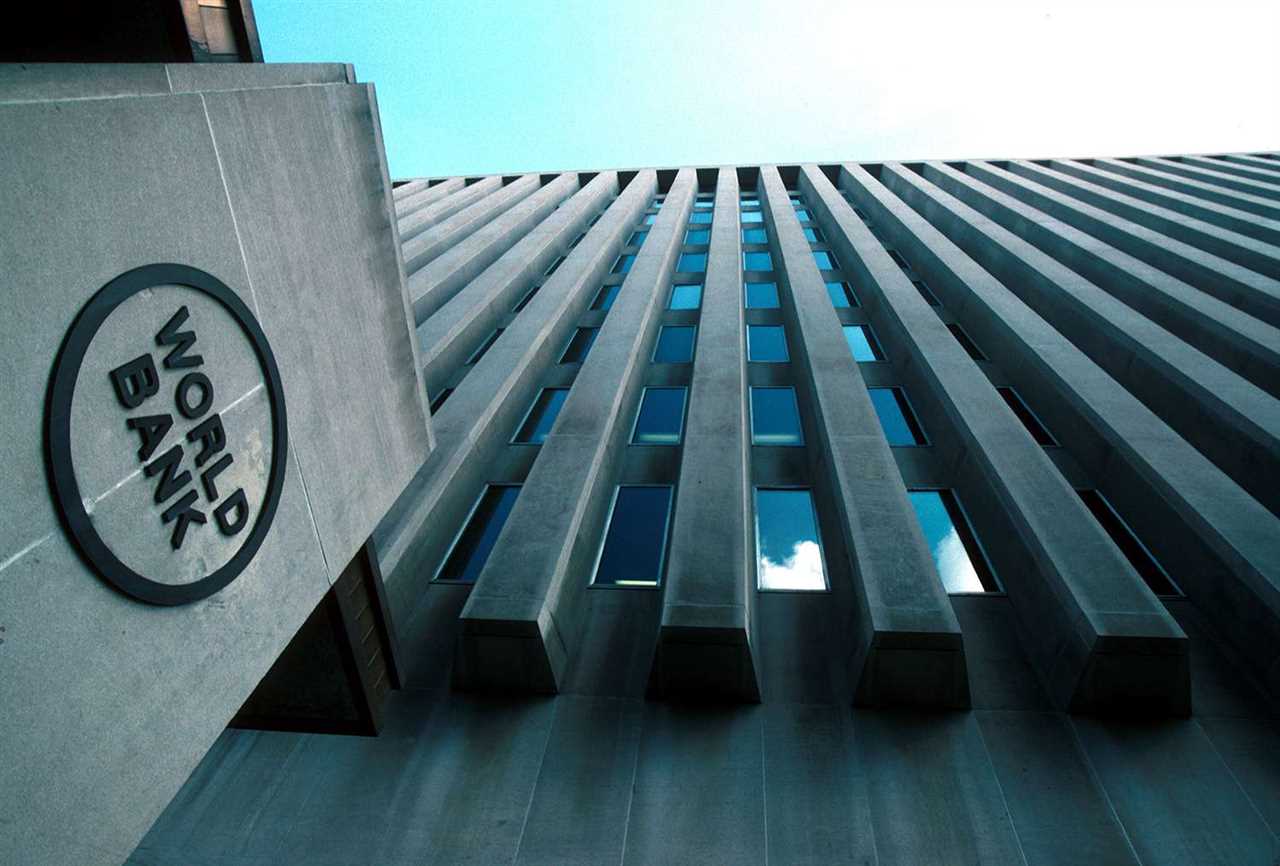The World Bank’s Mission and Goals
The World Bank is an international financial institution that was established to reduce poverty and promote sustainable economic development. Its mission is to end extreme poverty and boost shared prosperity by providing financial resources, expertise, and technical assistance to developing countries.
Mission
The World Bank’s mission is to end poverty and build shared prosperity. It aims to achieve this by working with countries to develop effective policies, programs, and projects that can help improve the living conditions of the poor and vulnerable populations. The Bank focuses on areas such as education, health, infrastructure, agriculture, and governance to address the root causes of poverty and promote inclusive growth.
Goals
The World Bank has set two main goals to guide its work:
- Ending extreme poverty: The Bank aims to decrease the percentage of people living in extreme poverty to below 3% by 2030. Extreme poverty is defined as living on less than $1.90 per day. To achieve this goal, the Bank provides financial support to countries to implement poverty reduction programs, improve access to basic services, and create opportunities for economic growth.
- Promoting shared prosperity: The Bank aims to foster income growth for the bottom 40% of the population in each country. It focuses on reducing income inequality and ensuring that the benefits of economic growth are shared by all segments of society. The Bank supports initiatives that promote job creation, improve social protection systems, and enhance access to quality education and healthcare.
The World Bank also works towards other important goals, such as promoting gender equality, addressing climate change, and building resilience to shocks and crises. It recognizes the interconnectedness of these issues and the need for integrated approaches to achieve sustainable development.
The World Bank’s Organizational Structure

The World Bank is a complex organization with a hierarchical structure that allows it to effectively carry out its mission and goals. The organizational structure of the World Bank consists of several key components:
1. Board of Governors

The Board of Governors is the highest decision-making body of the World Bank. It is composed of representatives from the bank’s member countries, usually finance ministers or central bank governors. The Board of Governors meets once a year to discuss and approve major policies and decisions.
2. Board of Executive Directors
The Board of Executive Directors is responsible for the day-to-day operations of the World Bank. It is composed of 25 Executive Directors who represent the bank’s member countries or groups of countries. The Executive Directors meet regularly to review and approve projects, policies, and strategies.
3. President
The President is the highest-ranking official of the World Bank. They are elected by the Board of Executive Directors for a five-year term. The President is responsible for providing overall leadership and direction to the organization, representing the World Bank at international forums, and overseeing the implementation of the bank’s policies and programs.
4. Vice Presidents
The World Bank has several Vice Presidents who are responsible for specific areas of the bank’s operations. Each Vice President oversees a different region or sector, such as poverty reduction, infrastructure, or finance. They work closely with the President and the Executive Directors to develop and implement strategies and policies.
5. Departments and Divisions
The World Bank has a wide range of departments and divisions that focus on specific areas of development, such as education, health, agriculture, and environmental sustainability. These departments and divisions are responsible for conducting research, providing technical expertise, and implementing projects and programs in their respective areas.
6. Country Offices
Overall, the organizational structure of the World Bank is designed to ensure effective governance, decision-making, and implementation of its mission and goals. It allows for collaboration and coordination among different stakeholders and enables the bank to address the diverse development challenges facing its member countries.
The World Bank’s Main Functions
The World Bank, established in 1944, is an international financial institution that provides loans and grants to the governments of low- and middle-income countries for the purpose of pursuing development projects. The main functions of the World Bank are as follows:
1. Providing Financial Assistance

One of the primary functions of the World Bank is to provide financial assistance to member countries. This assistance comes in the form of loans, grants, and credits, which are used to fund various development projects. The World Bank provides both long-term and short-term financing, depending on the needs of the borrowing country.
2. Offering Technical Expertise
In addition to financial assistance, the World Bank also offers technical expertise to member countries. This includes providing advice and guidance on various aspects of development, such as infrastructure projects, education, healthcare, and environmental sustainability. The World Bank’s team of experts works closely with governments to develop and implement effective strategies for development.
3. Promoting Policy Reforms
The World Bank plays a crucial role in promoting policy reforms in member countries. It works with governments to identify areas where policy changes are needed to promote economic growth and reduce poverty. The World Bank provides policy advice and support to help countries implement reforms, such as improving governance, strengthening institutions, and enhancing the business environment.
4. Conducting Research and Analysis
The World Bank conducts extensive research and analysis on various development issues. This includes studying trends in global poverty, analyzing the impact of different policies and programs, and identifying best practices for development. The research conducted by the World Bank helps inform its lending and policy advice, ensuring that its interventions are evidence-based and effective.
5. Facilitating Knowledge Sharing
The World Bank serves as a platform for knowledge sharing among member countries. It facilitates the exchange of ideas, experiences, and lessons learned in the field of development. The World Bank organizes conferences, workshops, and seminars where policymakers, experts, and practitioners can come together to share knowledge and discuss innovative approaches to development challenges.
The World Bank’s Impact on the Global Economy
The World Bank, as one of the most influential international financial institutions, plays a crucial role in shaping the global economy. Through its various programs and initiatives, the World Bank aims to reduce poverty and promote sustainable development in developing countries. Its impact on the global economy can be seen in several key areas:
| 1. Financing Development Projects |
|---|
| 2. Policy Advice and Technical Assistance |
| In addition to financial support, the World Bank also offers policy advice and technical assistance to its member countries. It provides expertise and guidance on various economic and development issues, helping governments design and implement effective policies and reforms. This assistance helps countries improve their economic governance, strengthen institutions, and create an enabling environment for sustainable development. |
| 3. Knowledge Sharing and Capacity Building |
| The World Bank serves as a hub for knowledge sharing and capacity building in the field of development. It conducts research, collects data, and produces reports on various economic and social issues. This knowledge is shared with governments, policymakers, and other stakeholders, helping them make informed decisions and develop evidence-based policies. The World Bank also provides training and technical assistance to build the capacity of individuals and institutions in developing countries. |
| 4. Promoting Global Cooperation |
| The World Bank plays a crucial role in promoting global cooperation and collaboration. It brings together governments, civil society organizations, and the private sector to address common development challenges. Through its partnerships and networks, the World Bank fosters dialogue, knowledge exchange, and collective action to tackle global issues such as climate change, poverty, and inequality. By promoting cooperation, the World Bank helps create a more inclusive and sustainable global economy. |

Emily Bibb simplifies finance through bestselling books and articles, bridging complex concepts for everyday understanding. Engaging audiences via social media, she shares insights for financial success. Active in seminars and philanthropy, Bibb aims to create a more financially informed society, driven by her passion for empowering others.
